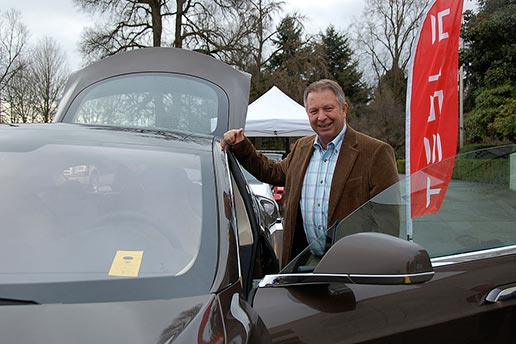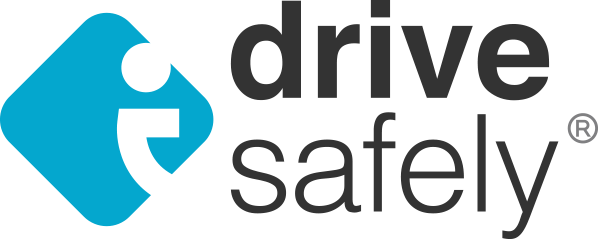Tips for Teens Test Driving a Car

They won’t teach you this in Drivers Ed!
Now that you’ve aced your drivers ed course, earned your license, and saved up some cash, it’s time to buy your first car. But buying a car can be nerve-wracking if you don’t know how. That’s why I Drive Safely has created a series of articles to help you along your way.
Okay, you’ve spent some time online, and in the dealership, and you’ve selected a car that you want to take for a spin. But do you know what you should pay attention to while you’re driving? The salesman will be helpful in pointing out all the best features of the car, but he could just be distracting your attention from the car’s flaws. The important thing is to know what you want in a car, and not trust the salesman’s judgment. After all, you never know if he’s an expert driver, or if he barely passed drivers ed himself!
Make Yourself Comfortable
You spend a lot of time in your car, so why wouldn’t you want to be comfortable? What do you usually carry with you in your car? How well will it fit? This is the time to “kick the tires.” Walk around, check out the trunk. Sure, it looks and smells nice, but ask yourself this: how will I be using it? If you regularly pack a week’s worth of stuff for a snowboarding trip, is the trunk adequate?
Once you’ve checked it out, it’s time to have a seat. Spend some time adjusting the seat – both to understand how the controls work, and to make yourself as comfortable as possible. Ergonomics is how easily you fit in, and how comfortable you feel, behind the wheel of your car, and it is an important factor to consider.
Check out the Controls
Before you even leave the lot, you should fiddle with all the knobs. Bring along your iPod to check how well it interfaces with the car. Test out the air conditioner and heater. Does the Bluetooth pick up your accessories?
The salesman will try to walk you through the system, and get you out on the road, but take your time. He knows this car already, and can dazzle you with how quickly he can program the GPS. But if you buy that car, you don’t take him home with you, so it’s crucial that you understand how it works.
How to Drive It
Once out on the road, the salesman will direct you on a nice quiet lap around a neighborhood with smooth roads. If this is all you’ll be driving, that’s probably fine, but that’s not realistic for most people. Ask to take that car on the freeway. Pay attention to how it picks up speed and merges. If the salesman is hesitant to let you do this, that’s a red flag.
The important thing to remember is to drive it like you plan on driving it. This guy isn’t a cop, and he isn’t your drivers ed instructor, either. He wants you to like this car, and he wants you to buy this car. Take corners. Drive on rough roads. Don’t drive to impress, drive to be impressed.
Other Things to Look For
As you’re driving, pay attention to the vehicle’s blind spots. Are they significant? If so, does the car come with mirror extensions or blind-spot mirrors? Even if you’re accustomed to a car that has blind spots, and you’ve already learned to compensate for a lack of visibility, you need to feel comfortable with the car you ultimately buy.
Turning radius is also important, especially if parking is not your strong suit. You learned about U-turns and K-turns in drivers ed, right? Here’s your chance to execute them. Remember: being comfortable in your new car is more than plush seats and butt-warmers. It’s a matter of confidence. You must be able to feel certain that you can drive this car, and drive it well. Otherwise you’re a danger to yourself, and the people around you.
Another factor that most first-time car buyers overlook is noise. Cars can vary greatly both in the amount of outside noise that seeps in, and also the amount of noise the engine makes. Drive with the windows down, and then drive with them up. Turn the radio on, to a volume that you’re comfortable with, and see how much noise you get from outside. Rev the engine – it’s okay.
Compare and Contrast
Before you make a purchasing decision, you’ll definitely want to test-drive cars from 3-5 other dealerships. Part of doing thorough research is having something to compare your ideal car to. It may very well be that you knew what you wanted all along – love at first sight is unlikely, but that doesn’t mean it couldn’t happen. But spending the time to make sure you’ve selected the right car for you is both wise and responsible. If you end up driving the wrong car, it can be as bad (and dangerous) as skipping your drivers ed course.
Ultimately, as a licensed driver you will be getting behind the wheel of a 2000-pound hunk of metal that you’ll use to zip back and forth, weaving in and out of traffic every day. You’ve already spent time in a drivers ed course, studying safe driving practices, and you’ll be spending hours of your life behind the wheel of this car, so take the time to get the right one.










